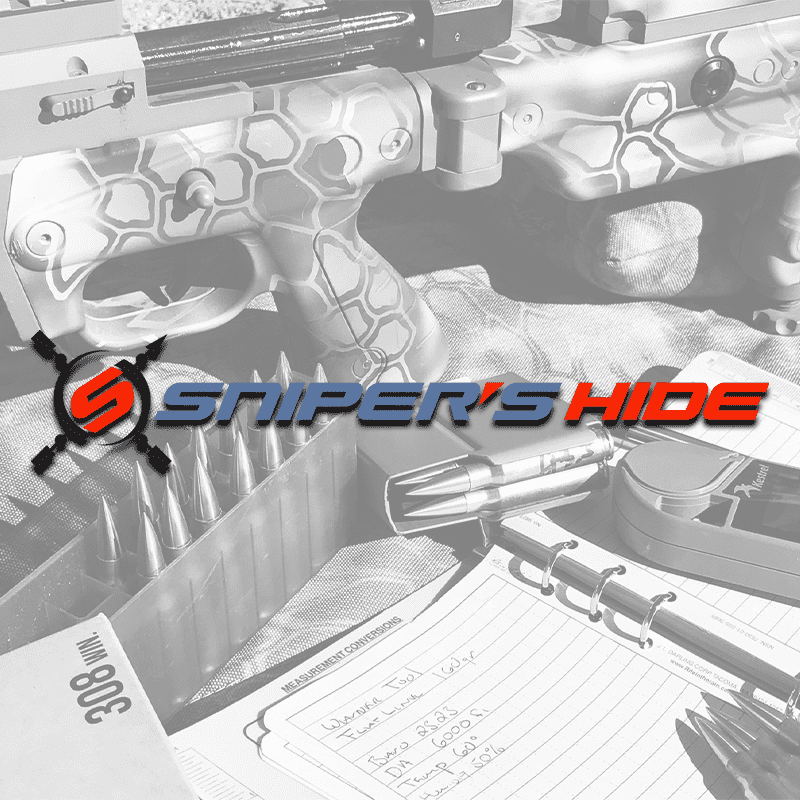
Rifle Scopes - Nightforce NX8 2.5-20x50 - Initial Thoughts
Backstory When the Nightforce NX8 long range scopes were announced I raised an eyebrow. Over the years I’ve had or used many different long-range scopes from the budget category all the way into alpha class, but in all that time I have never owned a Nightforce and the reason is because they...
